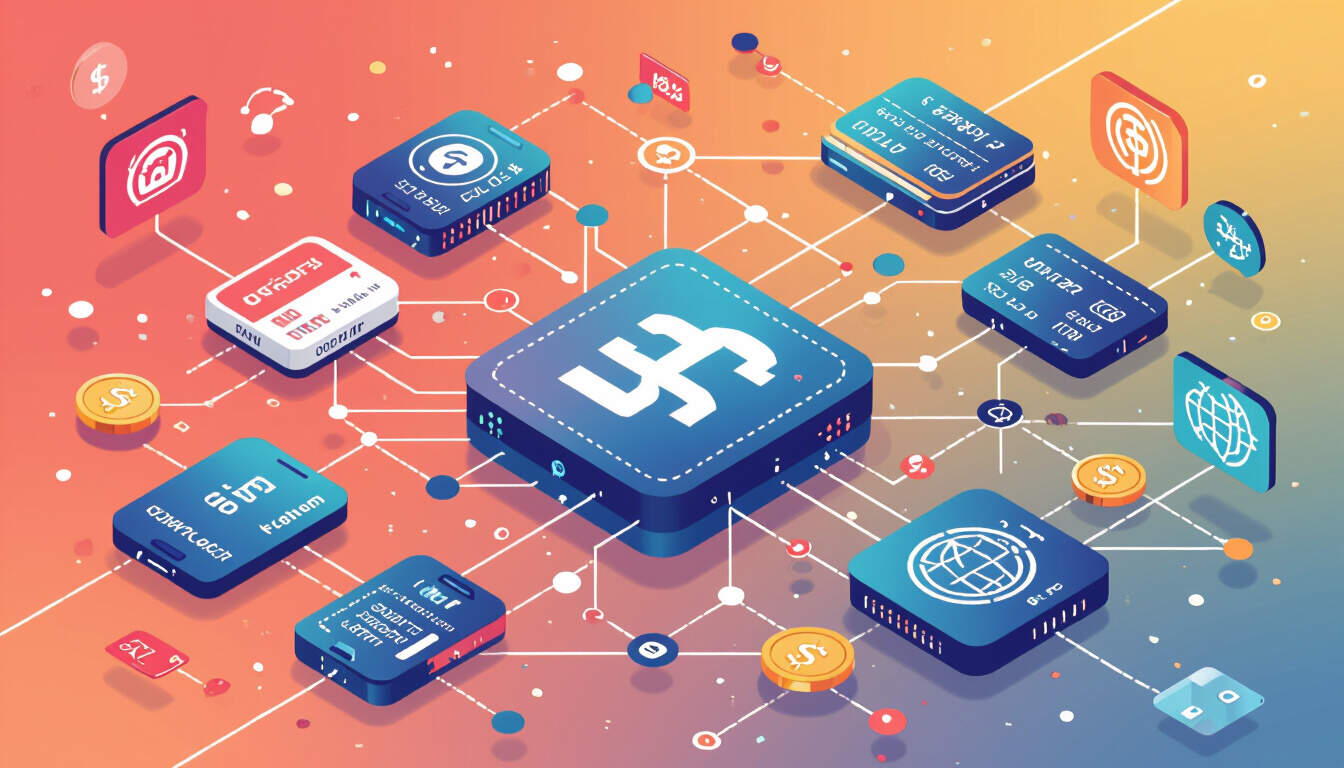Payment System Interoperability in Fintech
 by Lilian Nienow
by Lilian Nienow
Payment system interoperability enables seamless connections between different financial networks, fostering efficiency and innovation in digital finance. This article examines its role in enhancing cross-border transactions and integrating emerging technologies for better global connectivity.

Payment system interoperability is essential for modern finance, allowing diverse platforms to connect and operate together. This concept helps streamline transactions across various systems.
In finance, interoperability means that different payment methods can exchange data without barriers. For instance, it allows users to transfer funds between banks and digital wallets effortlessly.
One key area is cross-border payments. These transactions often face delays due to incompatible systems. By improving cross-border payments, businesses can reduce costs and speed up processes.
Technology plays a vital role here. For example, application programming interfaces, or APIs, serve as bridges between systems. They enable secure data sharing while maintaining privacy standards.
Another technology is blockchain. This distributed ledger technology offers a way to record transactions transparently. Through blockchain, multiple payment systems can verify and settle deals quickly.
Benefits of Interoperability
The advantages are clear. First, it promotes financial inclusion by making services accessible to more people. In developing regions, interoperable systems can link local payment methods to global networks.
Second, it enhances security. When systems work together, they can share threat intelligence. This helps in detecting fraud across platforms.
Businesses also gain from reduced operational costs. Without the need for multiple conversions, companies save time and resources.
Challenges in Implementation
Despite the benefits, challenges exist. One issue is regulatory differences. Various countries have unique rules for financial data, which can hinder integration.
Technical compatibility is another hurdle. Older systems may not support modern standards, requiring updates or upgrades.
Data privacy is crucial too. Ensuring that shared information complies with laws like GDPR is important for trust.
Real-World Applications
In practice, several initiatives show success. For example, in Europe, the SEPA system unifies euro payments across member states. This has simplified transfers for millions of users.
In Asia, platforms like Alipay and WeChat Pay are connecting with international networks. Such integrations allow for smoother cross-border payments in e-commerce.
Emerging markets are adopting similar approaches. Mobile money services in Africa are linking with bank accounts, expanding access to finance.
Future Trends
Looking ahead, artificial intelligence will likely play a bigger role. AI can automate processes and predict potential issues in interconnected systems.
Quantum computing might also influence this area. It could provide faster encryption for secure data exchanges.
Overall, as digital finance grows, the need for seamless connections will increase. Innovations will continue to drive progress in this field.
Conclusion
Payment system interoperability stands as a cornerstone for the future of finance. It bridges gaps between technologies and regions, fostering a more connected economy. By addressing challenges and leveraging tools like APIs and blockchain, the industry can achieve greater efficiency and inclusivity.
